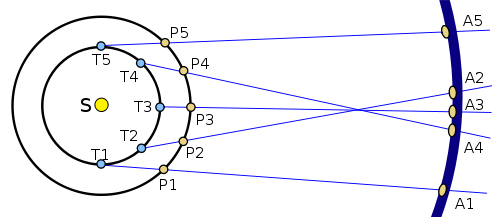“Why are you telling me, Brandon? Are you making some special recipe?”
“No, no. I’m making a garlic necklace. Supposed to keep me safe from deadly diseases.”
“Are you a fourteenth-century alchemist? Isn’t that what people did in the 1340s to ward off the plague?”
“Yep. That’s where I got the idea, that plus what the government told me.”
“But there’s no evidence that wearing a garlic necklace offers any protection.”
“People say…”
“Whoa! People? What people? You realize that there’s never been a study that demonstrates the effectiveness of garlic necklaces in combating diseases. Sure, garlic is known to have antibiotic properties if you ingest it, but even that won’t protect one agains a virus. It’s possible, I guess, that garlic chases away some insects that carry disease, maybe ticks, fleas, and flies, but to what extent? What if the wind wafts the garlic volatiles away from the body? I remember being in the Adirondacks during black fly season. I had eaten a garlicky pizza the night before, and the black flies seemed not to prefer biting me rather than my companions who had eaten burgers and fries. So, I can see by anecdotal evidence that garlic might keep disease-carrying bugs away. But as for the airborne viruses and bacteria…well, that’s another matter.”
“But there’s a chance that it might work.”
“Sure, and a garlic necklace also protects one from an incoming asteroid. Drop the idea until you run a series of double blind studies of the necklace in a virus-infected society. Wearing one makes as much sense as wearing a permeable mask with no repulsive properties, such as negative charges that might repel negatively charged virus particles. Wearing one makes as much sense as the ‘six-foot rule.’ Where did that originate? Who put that principle to a rigorous test?”
“Well, distance makes sense. Surely, you understand that.”
“Not five feet or five feet ten inches? Heck, COVID crossed continents and oceans. How far is the right distance? Have you ever seen someone sneeze against a background of light in an otherwise dimly lit room? Particles spew out and linger. Six feet isn’t protection. It’s an arbitrary number. Six feet even with a mask offers no guaranteed protection. Yet, the public follows along as though these two practices, wearing masks and standing six feet apart, are written in the annals of science. Here’s what bothers me. We have a bunch of government officials and uneducated reporters advocating behaviors that have no scientific proof of efficacy while claiming they are following ‘science.’ We have politicians demonizing those who question their ‘science.’ And all the while they keep saying that expression over and over, ‘Follow the science’ that is little different from advocating the wearing of a garlic necklace. Go ahead, Joe, wear the necklace if it makes you feel better or helps you avoid ostracism. And wear it indoors and at family gatherings; wear the necklace to bed; wear it in the shower. It might not ward off any diseases, but it will ward off criticism by politicians and pundits with journalism degrees.”
“Well, the government says I have to wear a garlic necklace, so I’m wearing one.”

 RSS Feed
RSS Feed